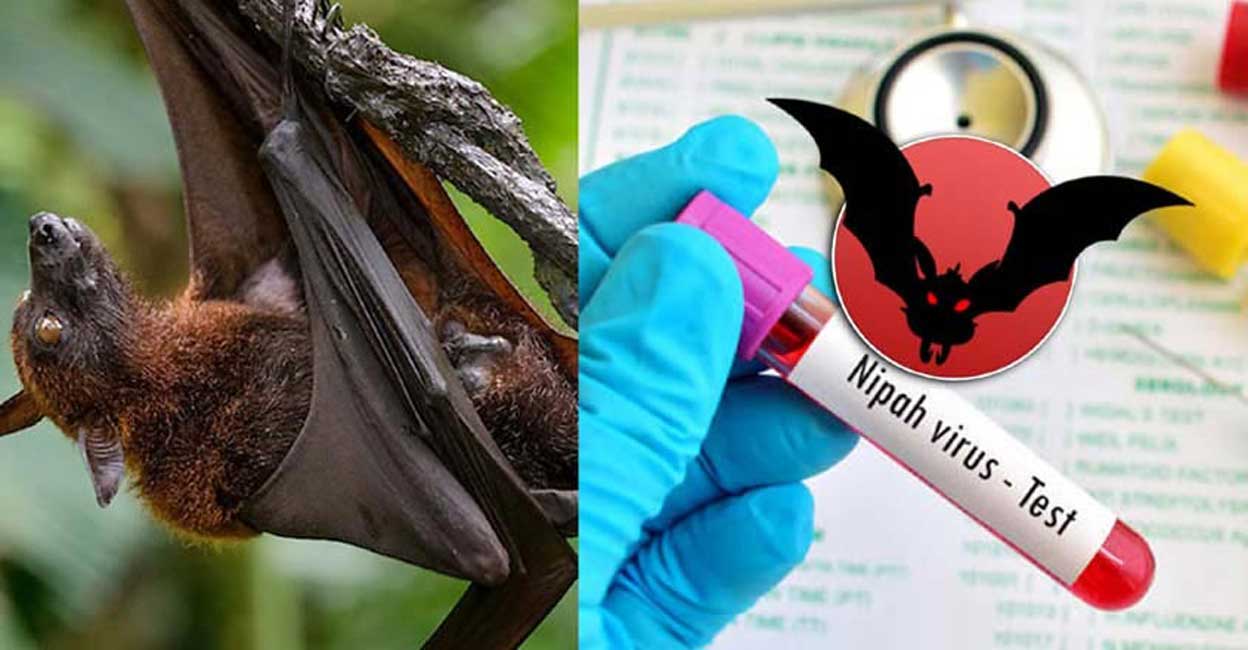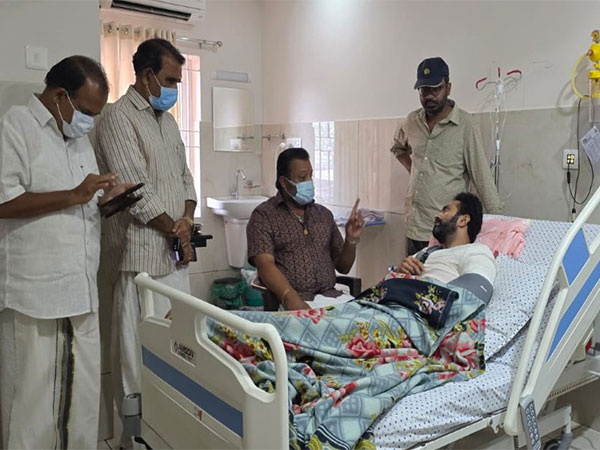Nipah Virus: Spread, Symptoms, Prevention, and Cure
When the world is finally recovering from the Covid 19 virus, which has caused a great loss to humanity in almost every aspect, we are already facing another fatal virus that was first discovered in 1998 and was known to be transmitted only by animals such as bats and pigs but with time studies have shown human-to-human transmission also, making it even more fatal and communicable.

When the world is finally recovering from the Covid 19 virus, which has caused a great loss to humanity in almost every aspect, we are already facing another fatal virus that was first discovered in 1998 and was known to be transmitted only by animals such as bats and pigs but with time studies have shown human-to-human transmission also, making it even more fatal and communicable.
What is Nipah Virus?
Nipah Virus or NiV, also known as barking pig syndrome, is an RNA virus that was first found in the Malaysian peninsula with 265 suspected cases leading to 105 deaths. Another 11 cases were found in Singapore (between September 1988 to June 1999). Now it has spread to almost all parts of South and Southeast Asia. It causes a neurological disease in humans which is often serious or fatal and the mortality rate in the infected group can reach up to 60-70 percent.
As of 17th July 2018, a total of 19 cases following 17 deaths were reported from the Indian state of Kerala. The outbreak was localized in two districts namely Kozhikode and Malappuram.
Recently along with Covid-19 the state of Kerala is being detected with 25,000 cases of NiV every day, there are a total of approx 4.1 lakh active cases in India out of which 2.5 lakh are in Kerala itself.
This is one of the biggest outbursts of this virus and thus needs our attention.
Spread/Transmission:
Transmission is known to be caused in humans by direct contact with infected bats, pigs, horses, infected tissues, and infected people. Person-to-person spread is most likely to occur in family members and caretakers of sick individuals but modes of transmission are still being investigated.
Although no subsequent cases have been reported in Malaysia or Singapore since 1999 NiV was first recognized in India and Bangladesh in 2001, since then we have seen periodic outbreaks of the same till 2007.
Although human-to-human transmission of NiV can occur but is quite limited and can be prevented through preventive measures. Fruit bats (genus: Pteropus) are the natural reservoirs of NiV, the possible routes of transmission also include consumption of fruit contaminated by the saliva of infected bats or through direct contacts of their feces/urine, human to human transmission includes unprotected closed contact with an infected patient.
Symptoms:
The Nipah Virus (NiV) typically shows its symptoms after 4-14 days, but in severe cases, encephalitis and seizures may result in a coma within 24 to 48 hours.
The Virus at the initial stage targets the entire respiratory system of the infected person. In later stages, it can reach and replicate in the brain and blood vessels. Due to this during the initial phase person might experience respiratory infection/ respiratory problems, fever, and headache which is later followed by inflammation of the brain, drowsiness, and disorientation that is characterized by mental confusion.
We cannot sugar-coat the facts as it is a deadly virus and as much as 40% of the hospitalized cases lose their lives, even the ones who recover experience severe headaches, trauma, convulsions, and permanent personality change.
Prevention:
World Health Organisation (WHO) has recognized Nipah Virus as a priority disease for research and development as no Vaccine or Drug targets the Virus directly.
So, until any drug or Vaccine is made or cure is found, NiV can only be prevented by avoiding contact with animals that are held responsible for its spread. Especially in Asia the farmers and people who deal with such animals should use protective equipment devices. People in the affected countries should also avoid eating or drinking date palm sap.
We as individuals can also get infected by another person, so it is important to keep a safe distance and sanitizing ourselves frequently and if possible it is best to avoid overcrowded areas.
The health care workers should consistently implement the use of standard infection prevention methods to prevent the spread.
More research is needed for a better understanding of the ecology of bats and NiV.
Cure:
Currently, no treatment has been found to cure the virus so the best solution to avoid is to prevent it. However, if you have already been diagnosed with the virus, health care providers may offer you supportive therapy and antiviral drugs to lower the stress of symptoms, but how well this helps the person in fighting the virus is still uncertain.
Conclusion:
As even warned by the WHO, Nipah is a deadly virus, and as the recent outbreak has already shown that how easily it spreads, it is the duty of us as humans to follow all the preventive and precautionary measures before it turns to another global pandemic leading to untimely death our dear ones yet again.






































